- hands-on tutorial series for implementing ray tracing with Vulkan
- implements ray-query-based shadow rays with alpha-test transparency support
- includes debugging tips using RenderDoc and Nsight Graphics
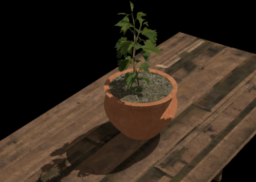
- comprehensive guide covering physically based approaches for geometry, materials, lighting, and cameras
- discusses the various material properties with real-world examples
- covers physically based lighting units, including candela, lumen, nit, and lux, with practical measurement techniques
- emphasizes the importance of physically based content for reusable assets and consistent results across lighting conditions

- comprehensive guide to Three.js using WebGPU
- presents three.js Shading Language (TSL) as well as WGsl for web graphics development
- provides practical examples, including displacement, glass materials, particles, and post-processing effects
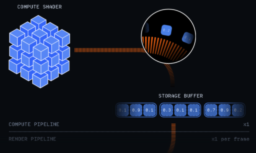
- video tutorial covering texture sampling in Unity shader code
- explains the concept of UV coordinates, texture samplers
- shows how to implement texture mapping into a simple shader
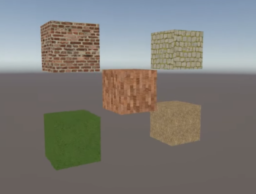
- presents a per-instance encoding technique for GPU-driven rendering with varying instance data requirements
- instances use type discriminants to allow different memory layouts within a unified buffer
- reduces memory bandwidth and footprint by eliminating unused fields
- allows different instance types to coexist efficiently in the same buffer
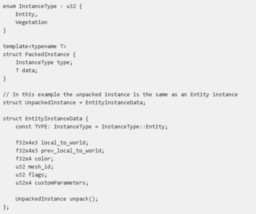
- video exploring GPU-side input handling (late latching)
- discusses how to efficiently manage input data directly on the GPU with cache-line-sized packets
- covers practical implementation and how to avoid mid-frame cache flushes from the CPU
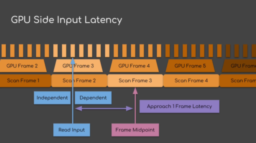
- video demonstrating a write-once read-many model (WORM) for authoring compute workloads
- presents how Vulkan compute code can be written to take advantage of the cache structure to ensure no cache flushes are required
- discusses considerations when designing the data model to match hardware caches
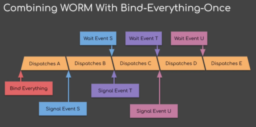
- explains the sharp bilinear filtering technique for scaling pixel art without blur
- solves common artifacts from nearest-neighbor and standard bilinear filtering
- Derives the mathematical formulas behind the shader implementation step by step
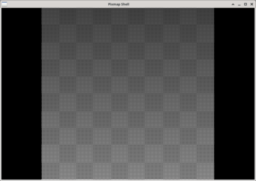
- tutorial covering Euler angles and axis-angle rotation methods for 3D graphics
- explains how to stack 2D rotations for yaw, pitch, and roll transformations
- presents axis-angle rotation formula using mix, cross product, and trigonometric functions
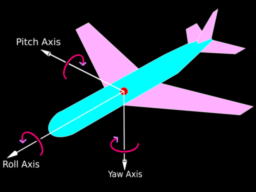
- details the mathematical approach to computing distance from a point to cubic Bézier curves
- presents and compares recent algorithm improvements
- providing GLSL implementations of the presented techniques
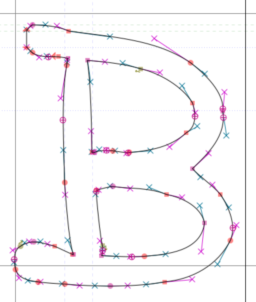
Thanks to Peter Kohaut for support of this series.
Would you like to see your name here too? Become a Patreon of this series.